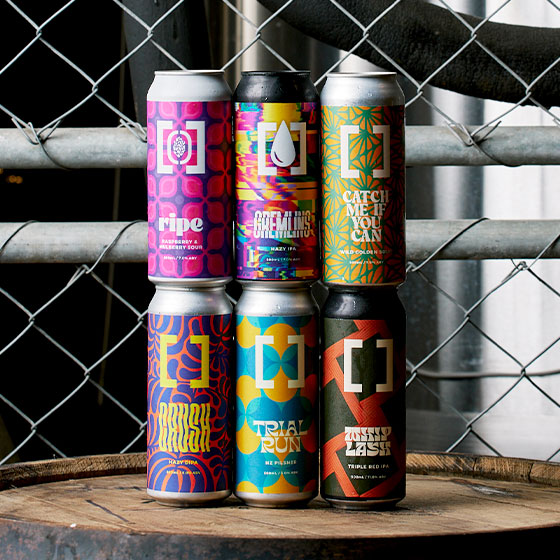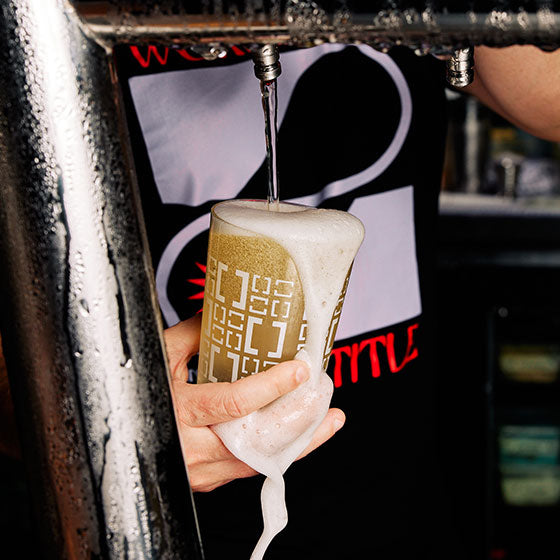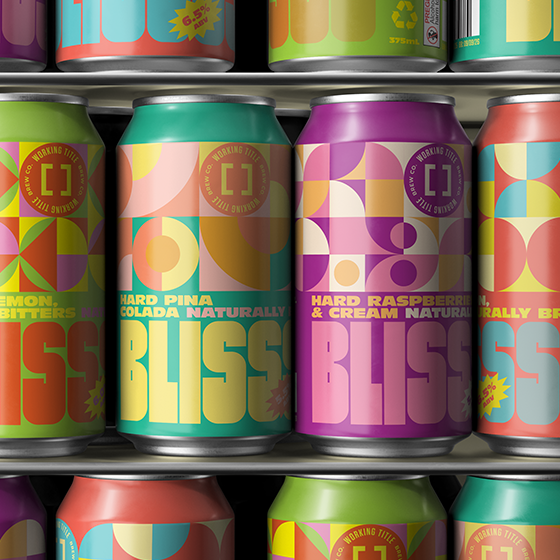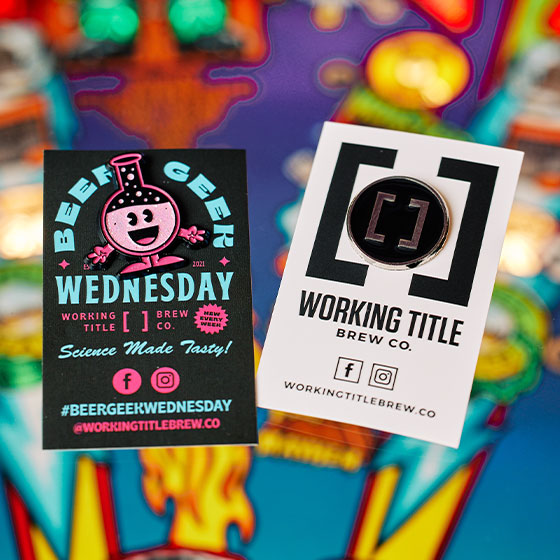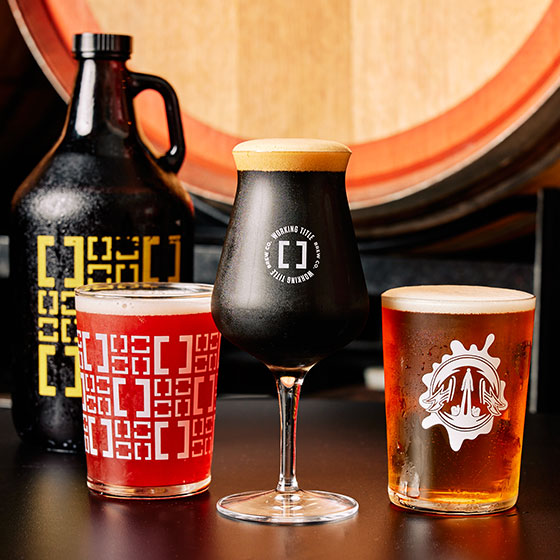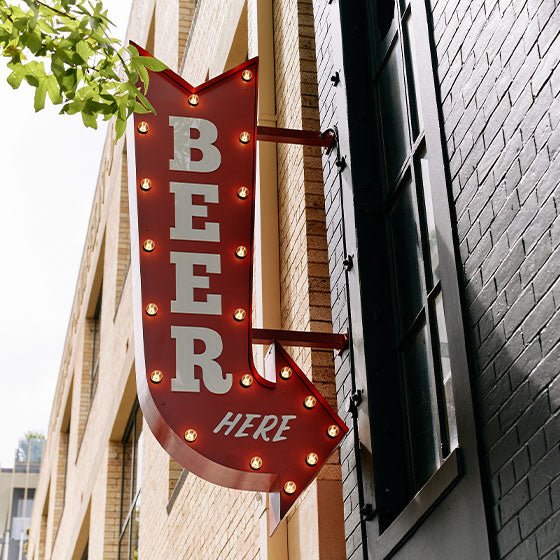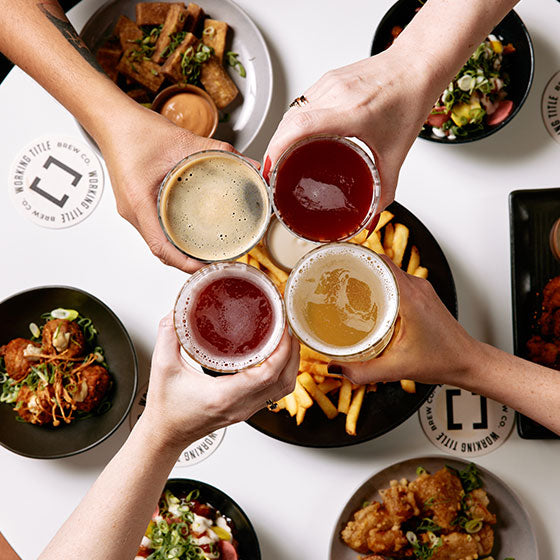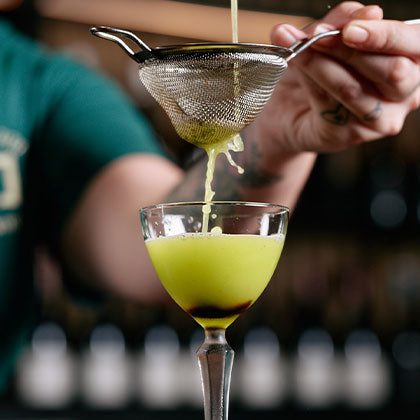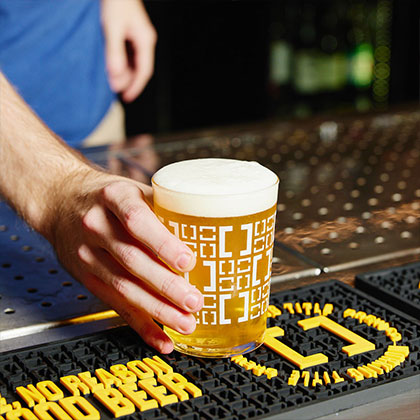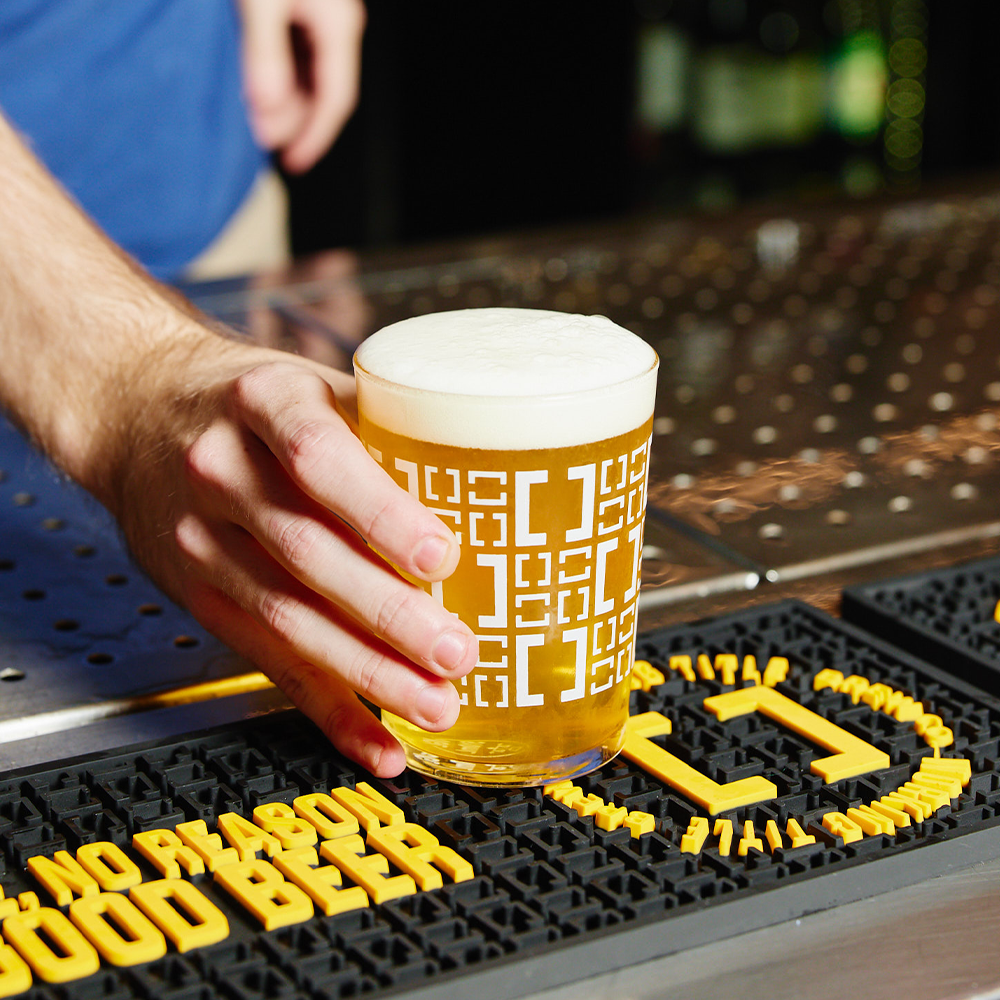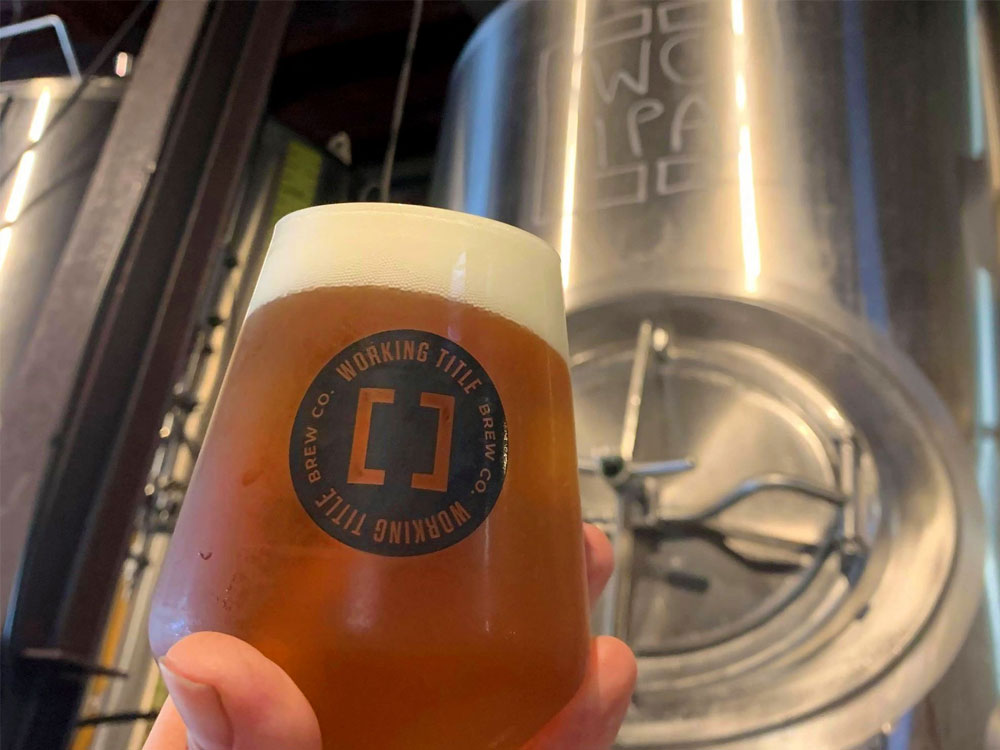Put the kettle on, today we are brewing our second quick sour, so I figured we’d chin wag about that. Unlike the lumbering, complex sours of old, which take years to complete, quick sours can be turned around in a matter of weeks.
I first learnt about kettle/quick sours from the Craft Brewers Conference in 2014 and have been fascinated with them ever since. They produce a straight up, “one-dimensional” lemon kick. However, being so quick, you can add all sorts of adjuncts and hops to make a vast array of sour beers.
To begin, wort is brewed as normal, sans hops. Once in the kettle, the wort is cooled to below 50oC, prime growing temperature for bacteria. Then a “controlled infection” of pure lactobacillus is inoculated. After 24-72hrs of “souring” the pH ends up between 3.2-3.6. From here you boil again, to kill the bacteria, add yer hops and ferment as normal with a brewers yeast.
Lactobacillus is a diverse family of around 200 species that provide a mutualistic relationship with humans; being a major probiotic found in yoghurt and are associated with positive human health outcomes and protection against pathogens.
Four or so species are of interest to brewers; brevis, plantarum, delbrueckii and buchneri. While they all produce a kettle tun of lactic acid, they all have slightly different fermentative outcomes, such as production of acetic acid, hop tolerance and sugar consumption.
In the past I have used natural yoghurt, inner health plus capsules and fresh malt as lacto sources. These days, you can buy pitchable amounts of pure plantarum from the yeast store, how good!
In general, lactobacillus are iso-alpha-acid intolerant, and so no hops are added prior to their infection. Some variants of brevis have been noted to tolerate up to 25IBU.
There’s so much more to quick sours that you could spend longer chatting about them than it takes to brew. But I’ll leave it at that for today.
Beer is not a probiotic.

